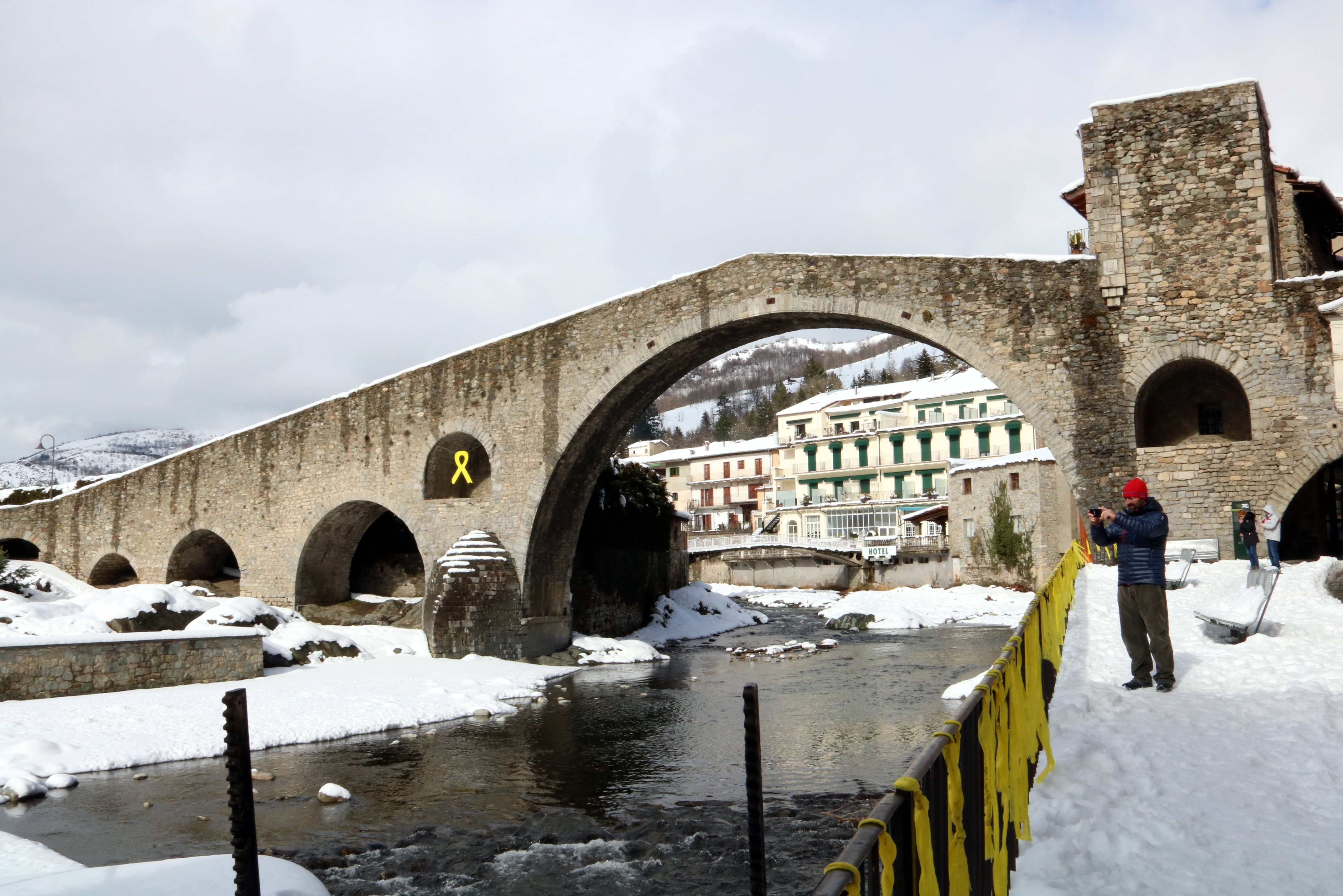Government promotes Catalan Romanesque in US to attract tourists
Tourism agency holds event in Boston museum as part of drive to bring in more American visitors looking for "cultural tourism"

Among Catalonia's cultural attractions, one of the most important is its Romanesque treasures, which the government is now promoting as a way of bringing in more tourism.
On Thursday, the Catalan Tourism Agency (ACT) presented the country's Romanesque heritage to some 40 US tour operators at an event in Boston's Museum of Fine Arts.
The promotional trip coincides with the centenary celebrations of the recovery of Romanesque paintings in churches in the Catalan Pyrenees.
Romanesque was an artistic style, particularly in architecture, that appeared in Europe in the early Middle Ages and that in the 12th century developed into the Gothic style.
The government is hoping that US tour operators will see the potential interest in the heritage among their clients and begin including it in their holiday packages.
"Top destination for cultural tourism"
"We want to become a top destination for Americans who are also looking for cultural tourism," said ACT head, David Font.
Before Thursday's event, the head of the ACT in the US, Cristina Gallardo, met with some 30 media outlets in New York to inform them of Catalonia's Romanesque heritage.
The recovery of Catalan Romanesque art first began in 1907, when architect Josep Puig i Cadafalch led an expedition to the Pyrenees to get images of the treasures hidden in Romanesque churches in the areas of Val d'Aran, Vall de Boí and Ribagorça.
Meanwhile, in recent years the number of visitors from the US to Catalonia have grown and are among the biggest spending foreign visitors to the country.
Between January and April this year, US tourists spent a total of 516 million euros in Catalonia, with each visitor spending an average of 266 euros a day.
In the same period, some 323,000 US tourists visited the country, in fifth place behind the French (over a million), the British (440,00), the Italians (360,000) and Germans (353,000).